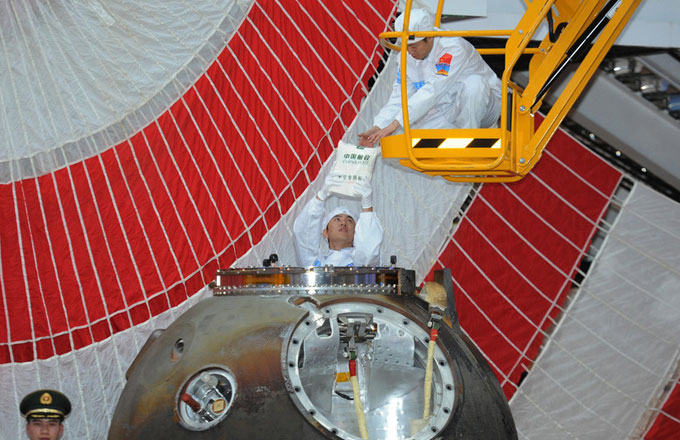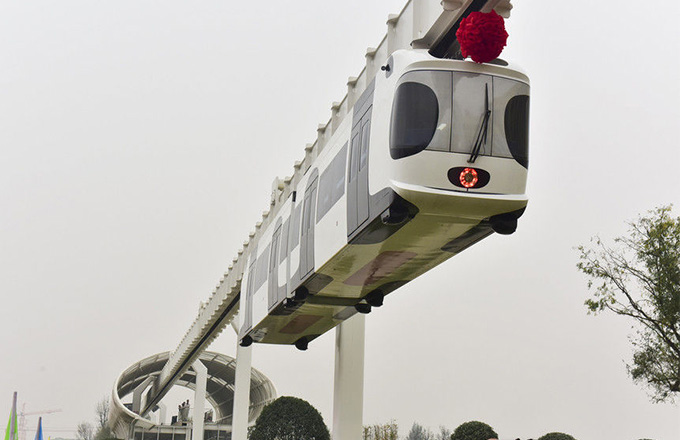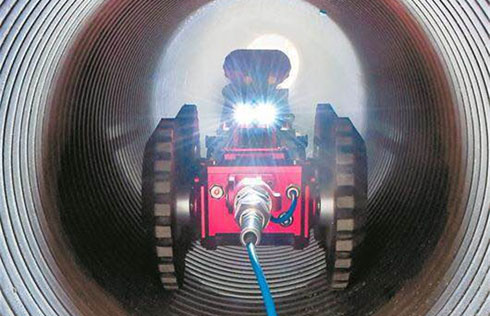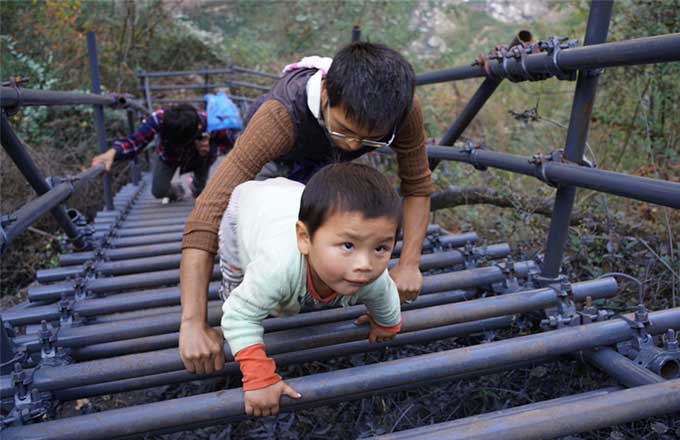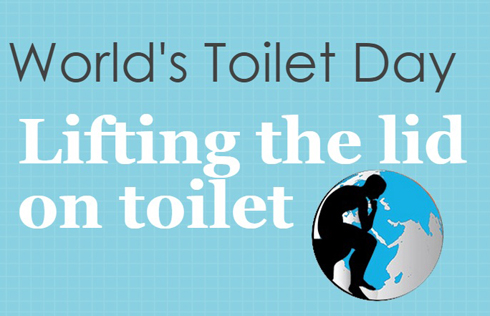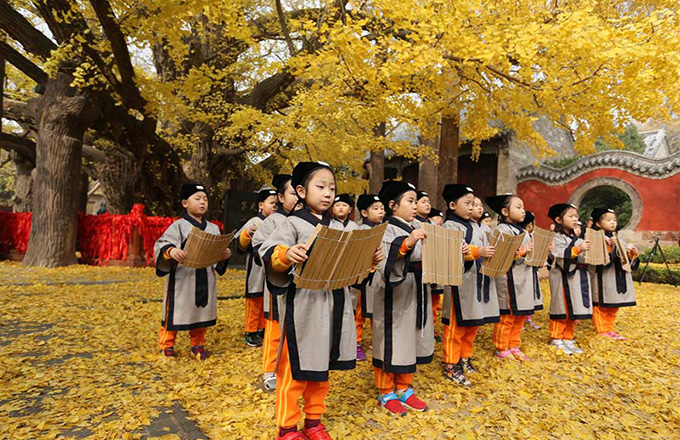Experts promote concepts of green living in city spaces
Building a green living environment is not just about parks and trees, according to experts at the Ninth Global Conference on Health Promotion in Shanghai on Monday.
"A green lifestyle in urban areas is not only about taking walks in parks, but also about maintaining good health and enjoying a low-carbon life," said Gong Peng, professor of global change ecology at Tsinghua University.
"Cities can be greener if people eat healthy food, think positively, have a sense of happiness and support each other."
China has reported significant growth in urbanization processes in the past decades. The urbanization rate of permanent residents in the country grew by 1.33 percent to 56.1 percent last year, with the number of urban residents increasing to 771 million.
However, rapid urbanization has led to a series of issues, with many cities feeling overwhelmed.
"We are facing many environmental problems, such as air and soil pollution, which have a direct impact on people's health," Gong said.
Chinese cities have taken different approaches to improve standards of urban living to guarantee a healthy environment for their residents.
"We have made significant breakthroughs in protection and pollution treatment of water resources," said Qu Hai, mayor of Chenzhou, Hunan province. Chenzhou is renowned for its 1,000-year history of mining and metal smelting.
The city now has 90 coal mines and 326 nonferrous metal mines, down from 576 and 747 mines respectively in 2005.
Experts at the conference also promoted the concept of vertical city construction, aimed at helping large cities cope with an increasing number of residents through a more efficient use of land space.
A vertical city refers to an extremely tall architectural structure with multiple layers and functions, including businesses, entertainment, art and culture venues, and residential spaces, according to Xia Jun, lead designer of the Shanghai Tower.
"As an international city, Shanghai has to adopt a vertical city development strategy," Xia said. "Vertical development and the concept of green living do not conflict with each other."
At 632 meters tall, Shanghai Tower is the second-tallest building in the world and covers a total floor area of 578,000 square meters.


